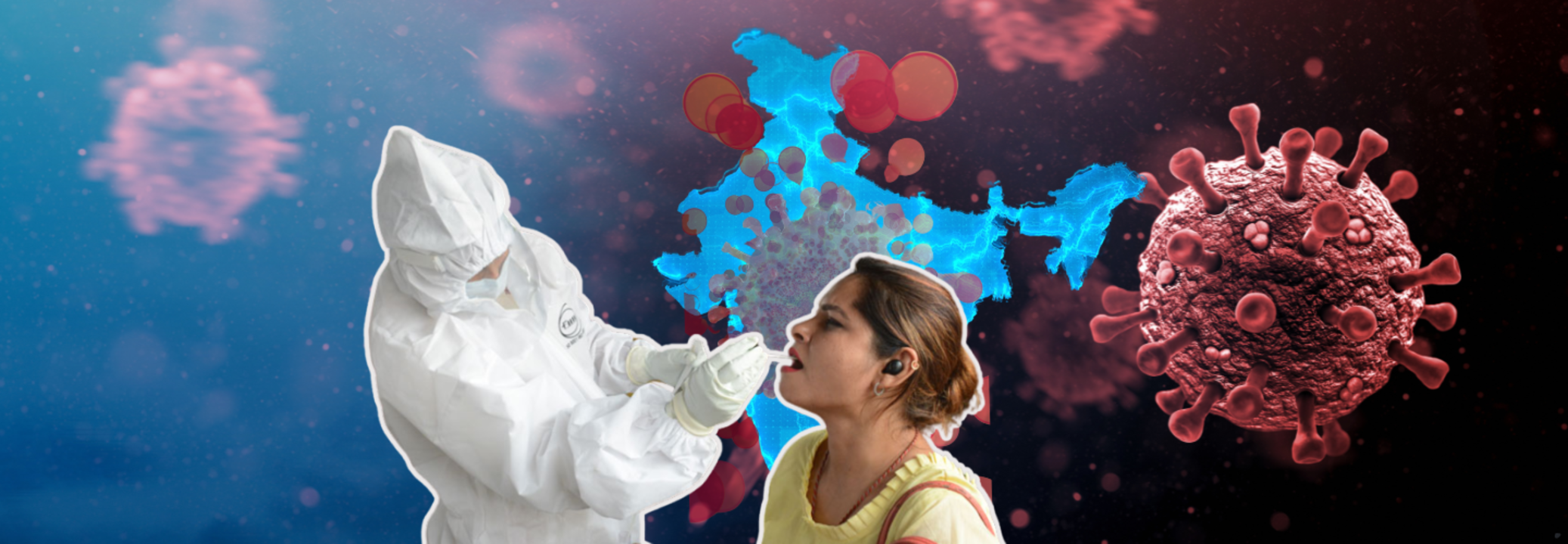COVID-19 Cases In India Surges Past 5,000 With More Than 50% Affecting Adults Aged Between 25-50, State Officials Report

Credits: Health and me
SummaryIndia's active COVID-19 cases have surged to 4,866, driven by new variants. Over 50% of infections affect adults aged 25-50, prompting health advisories and heightened surveillance.
End of Article
